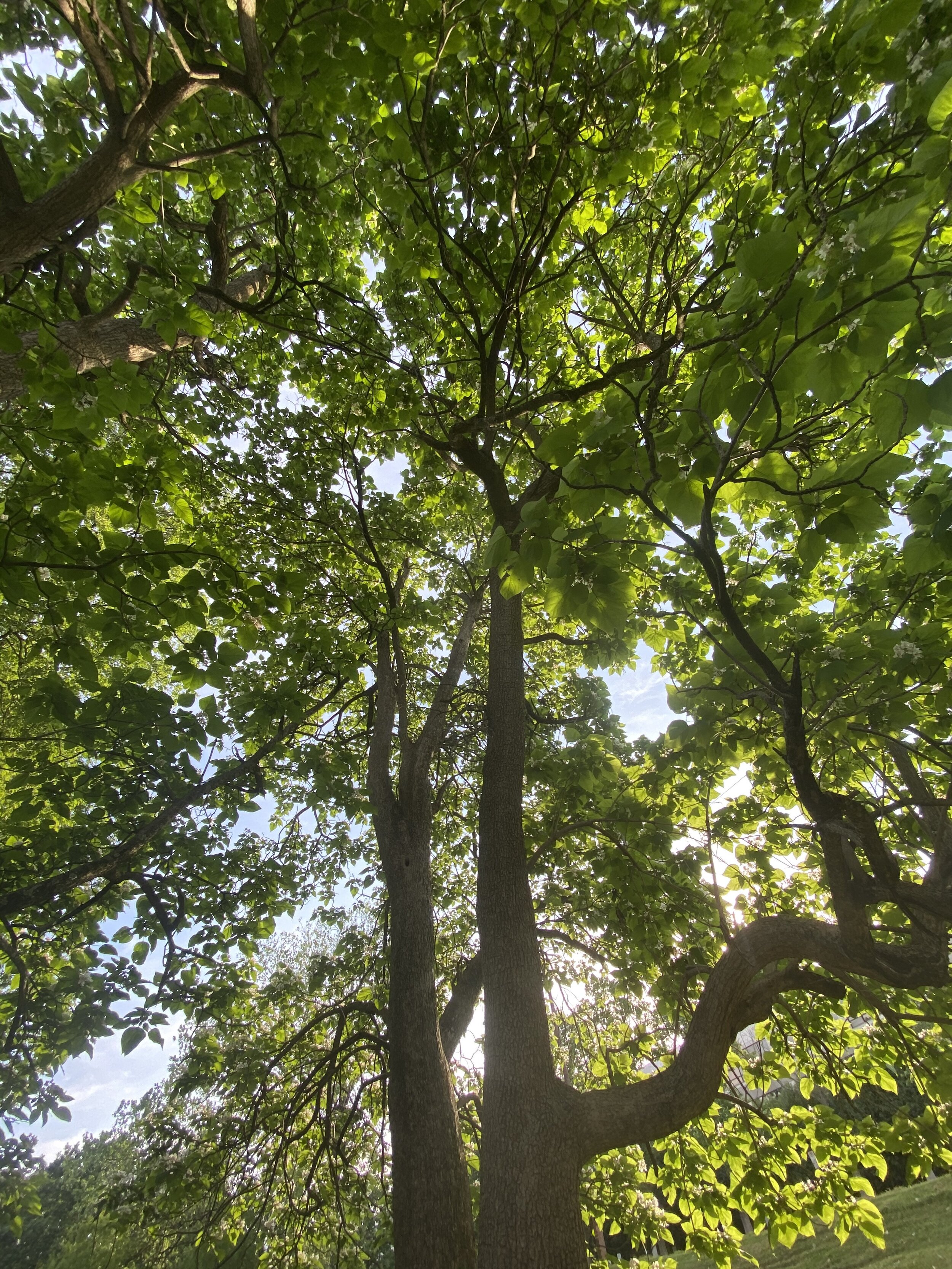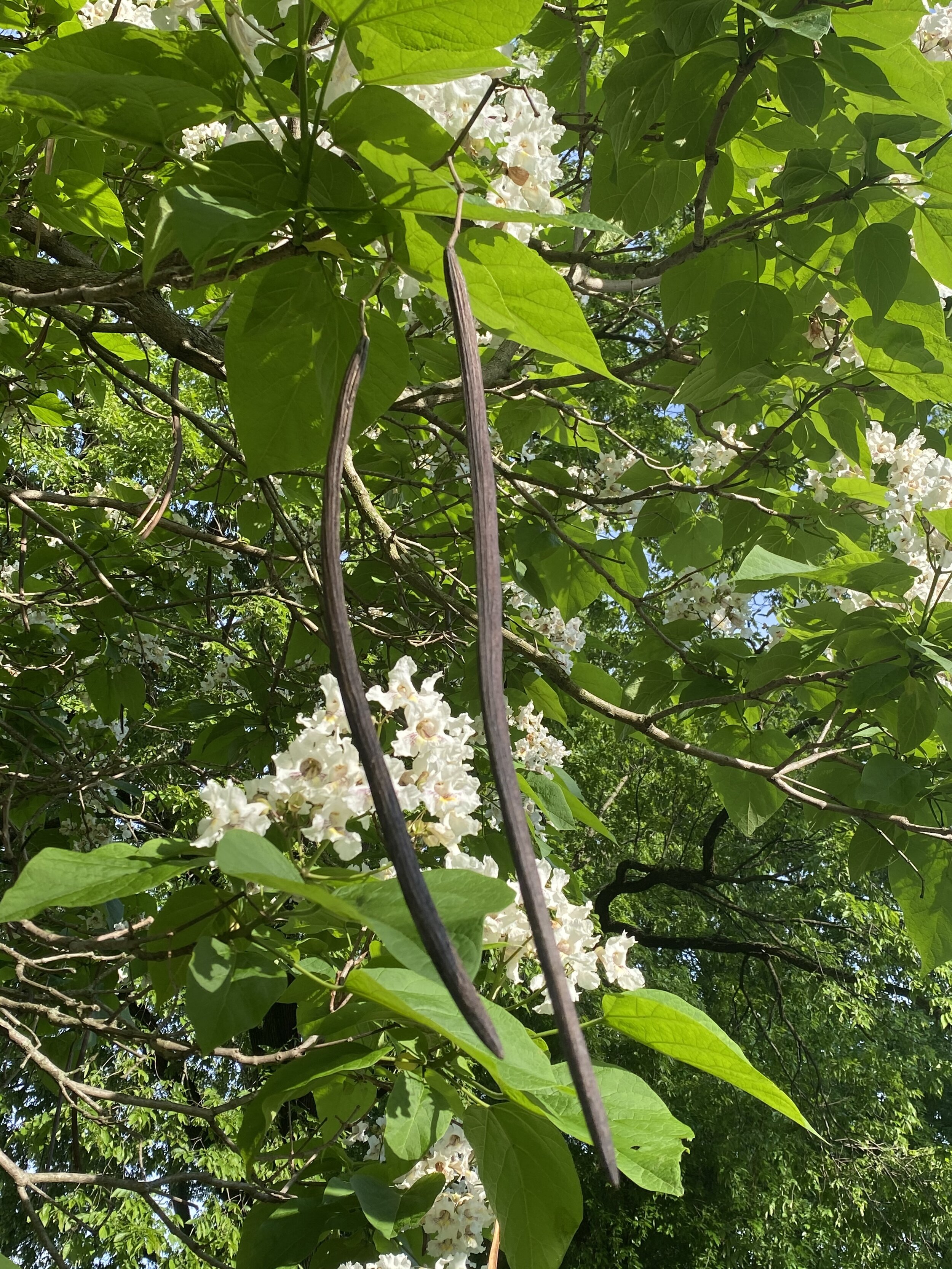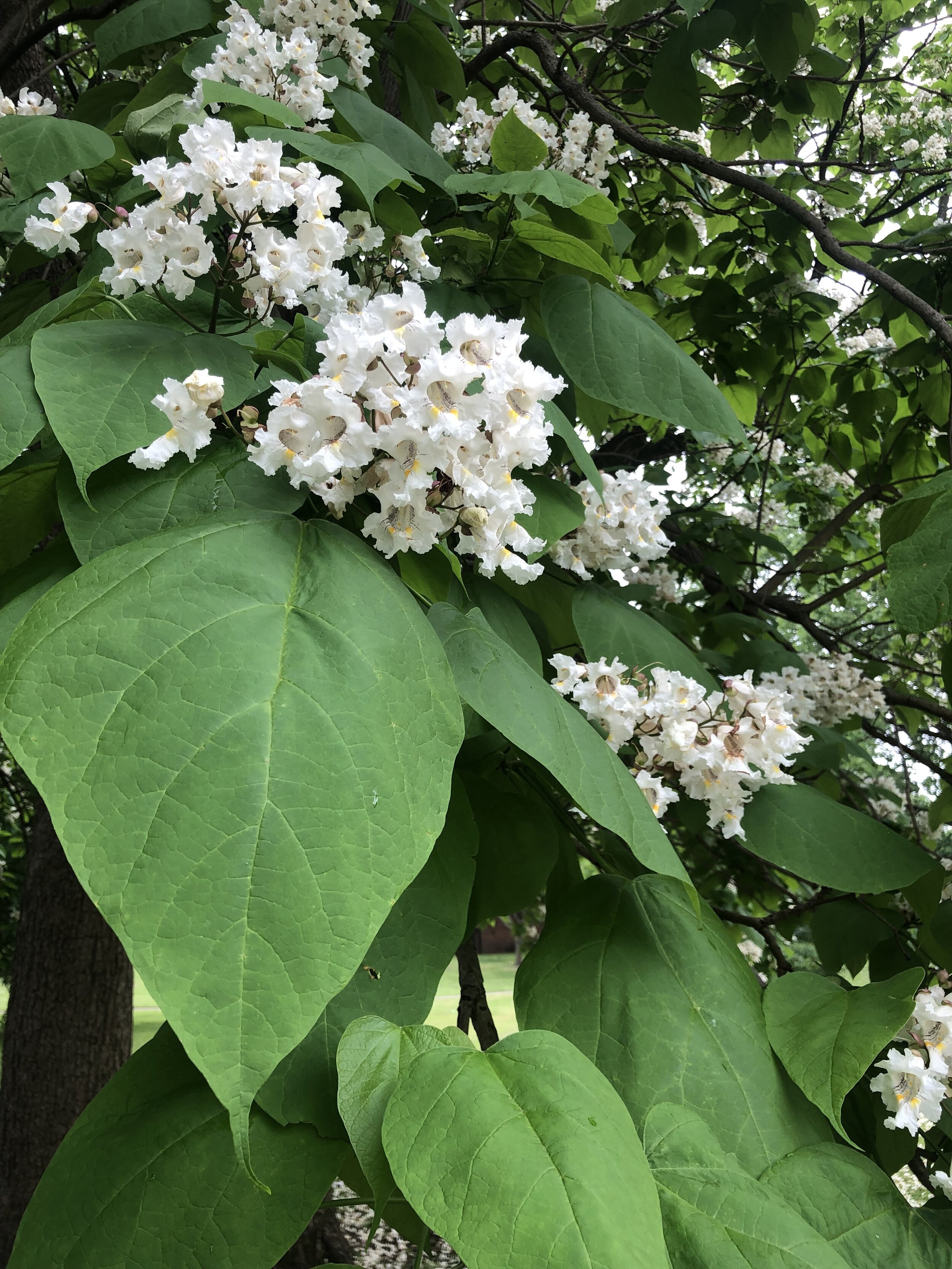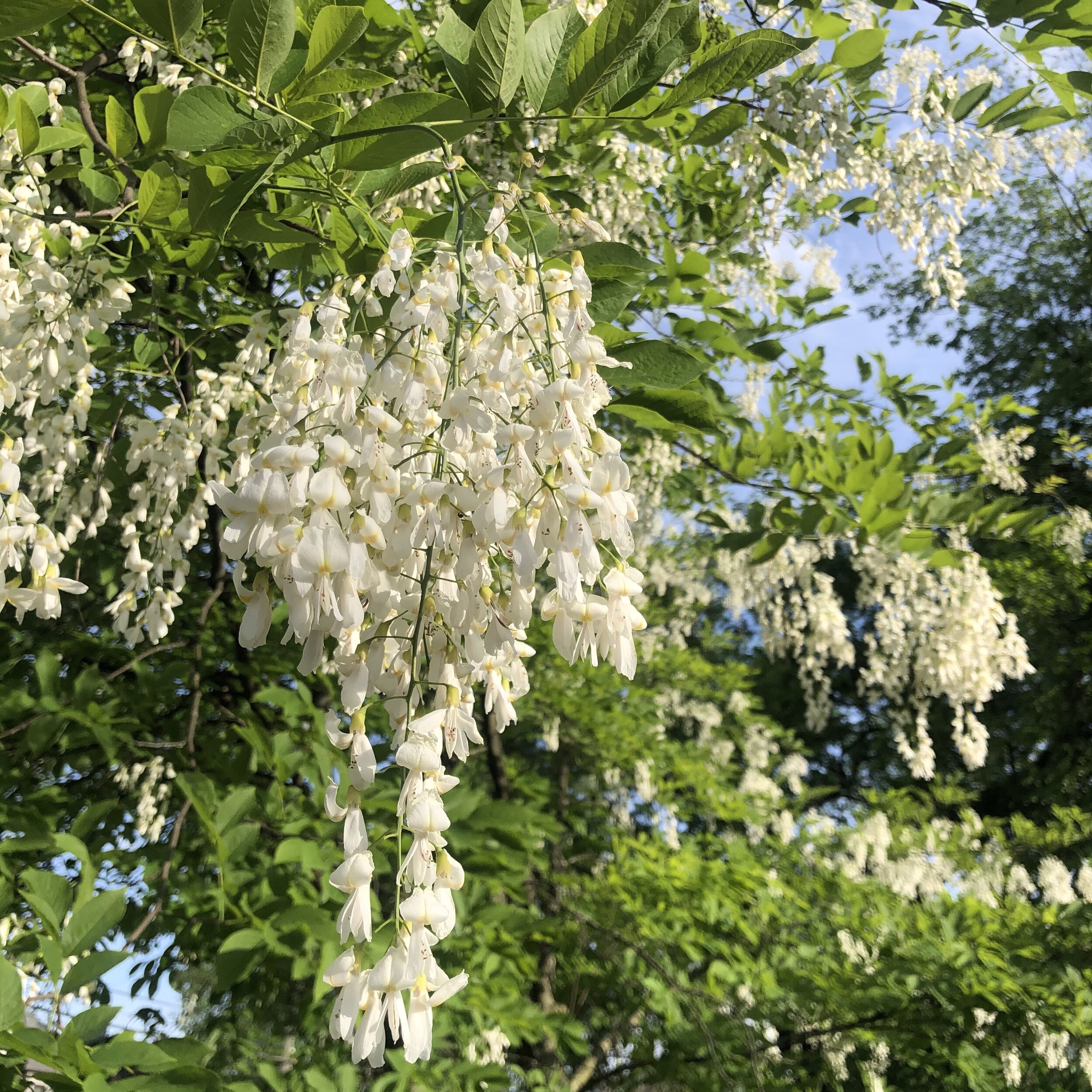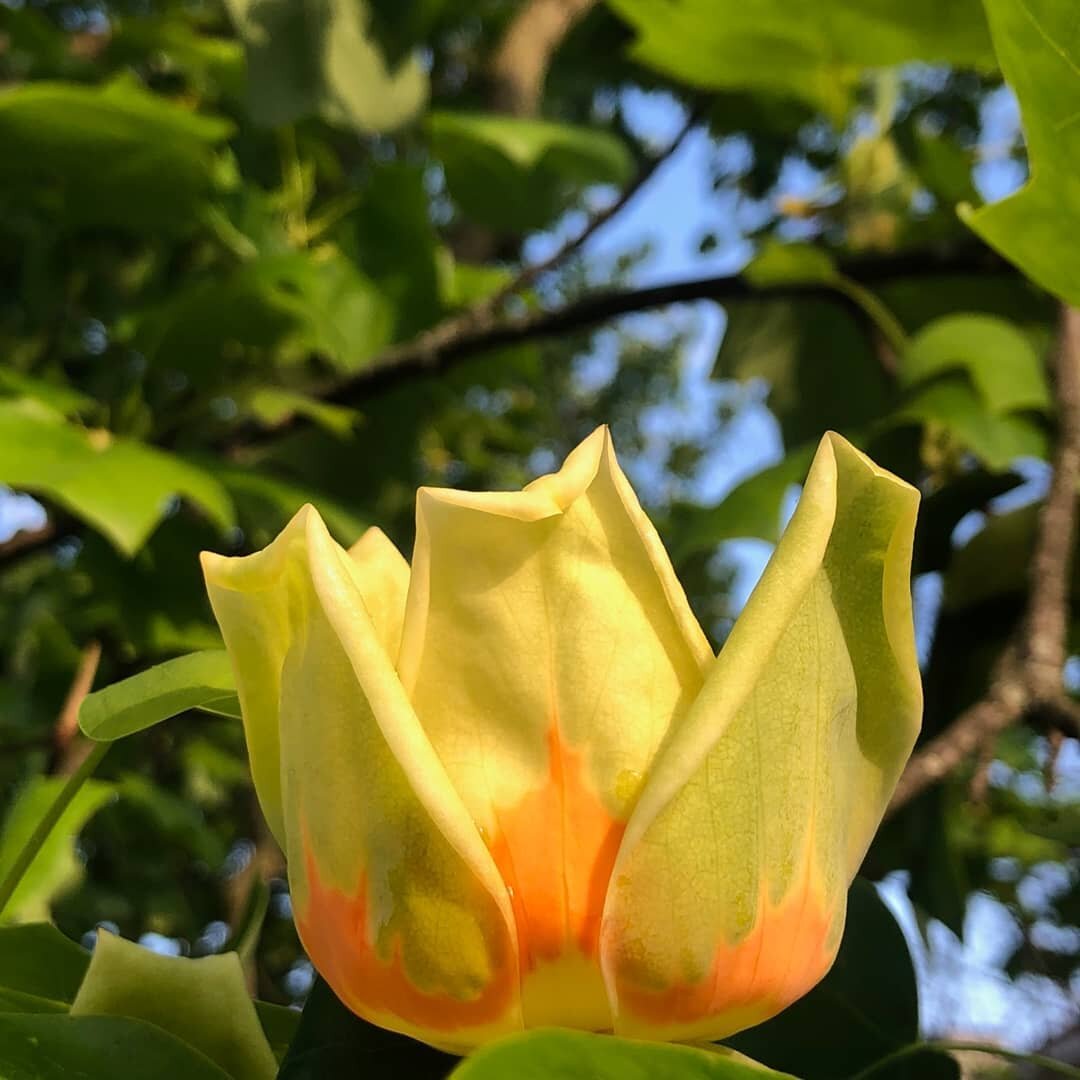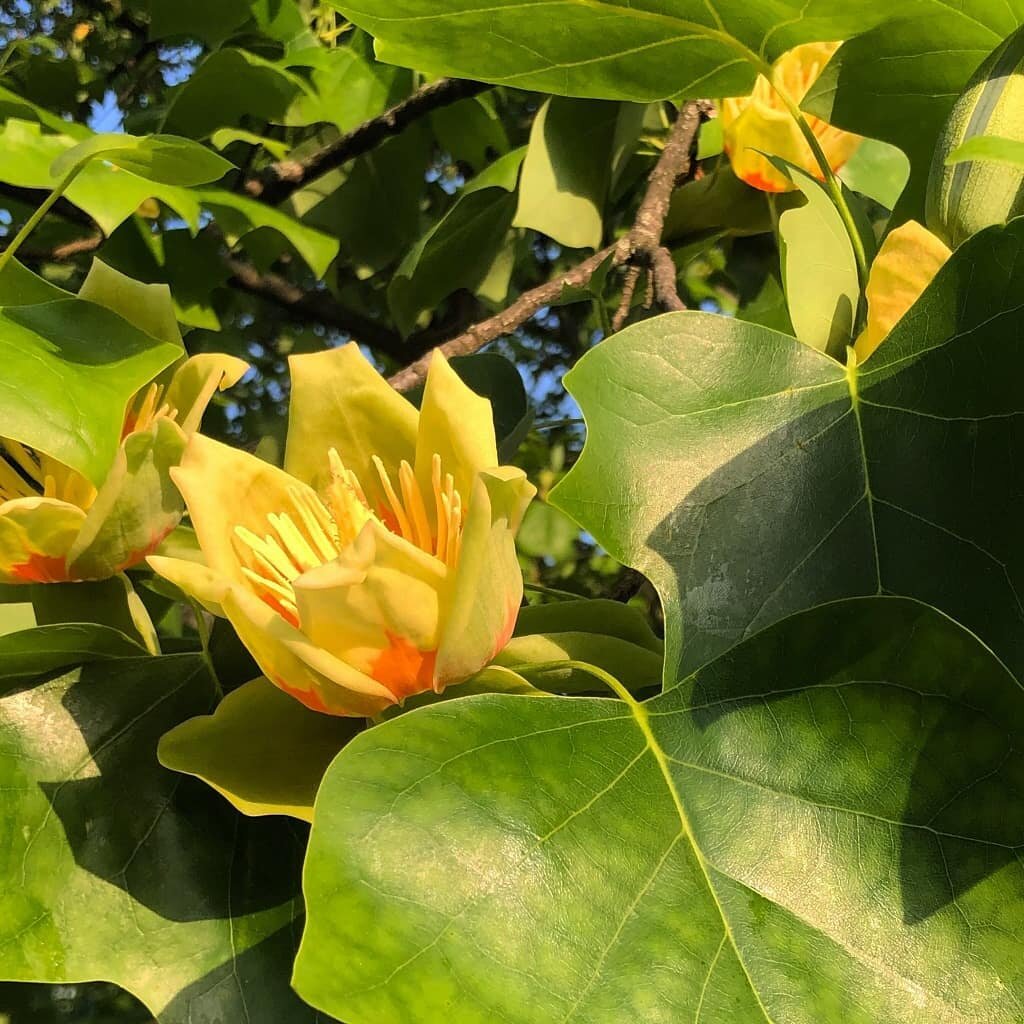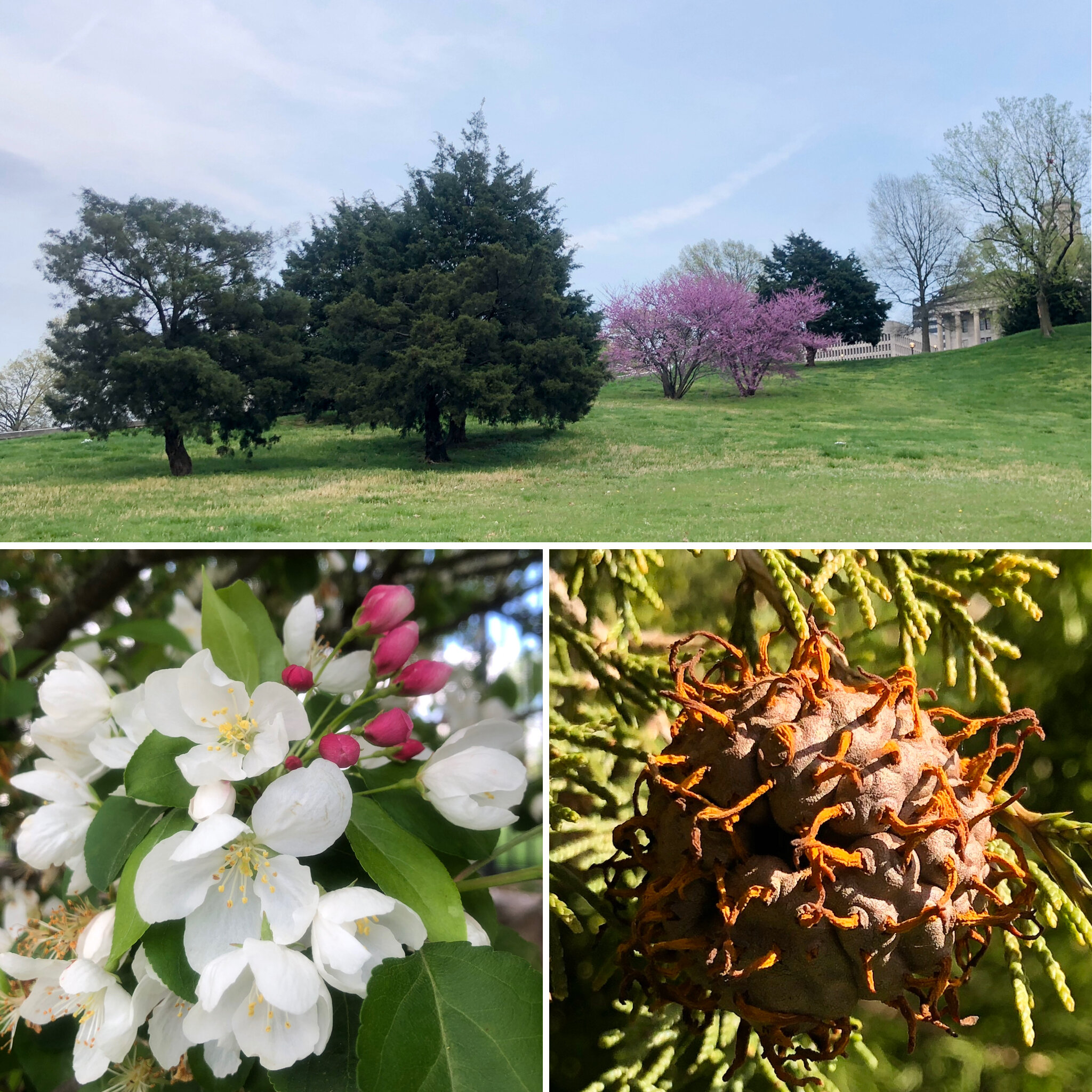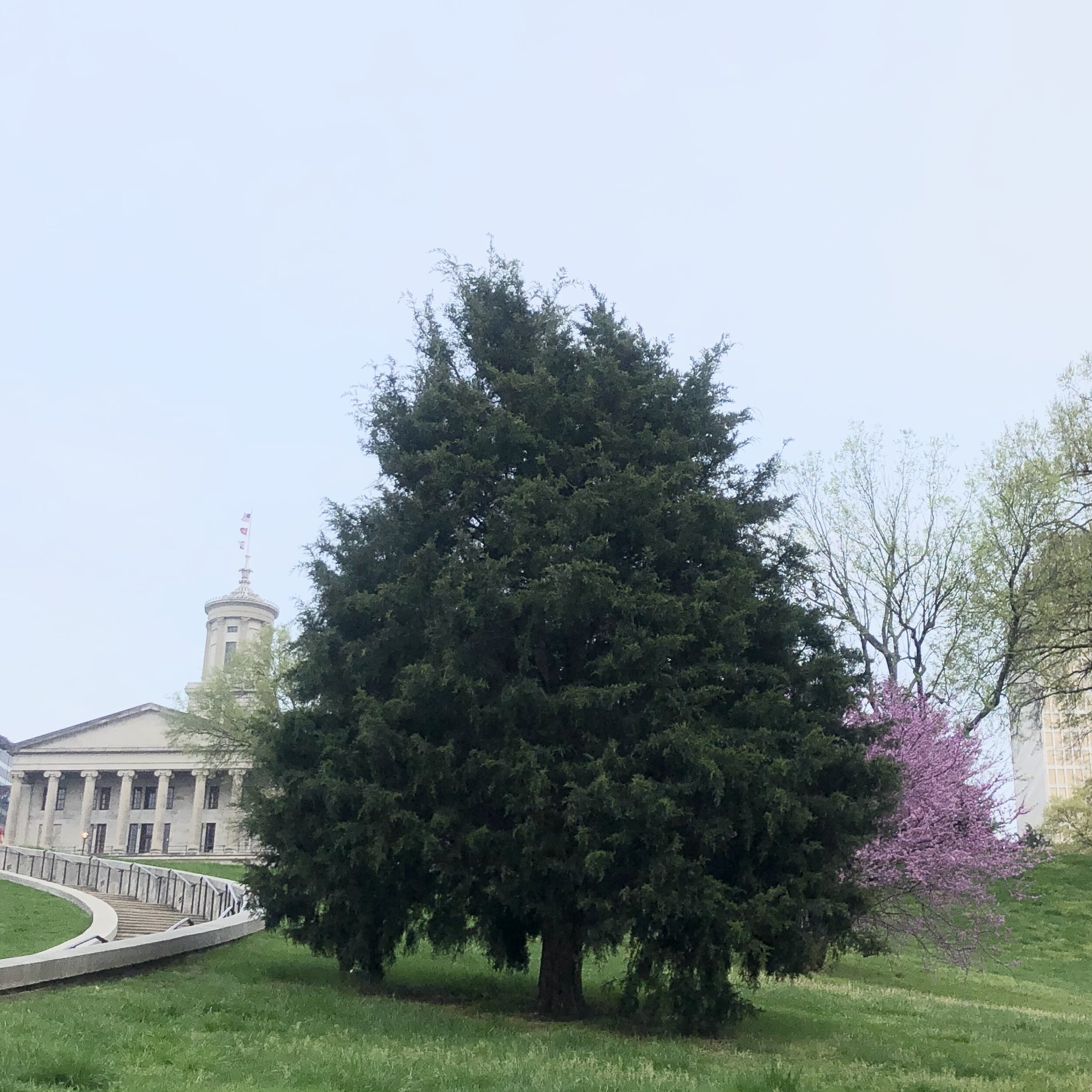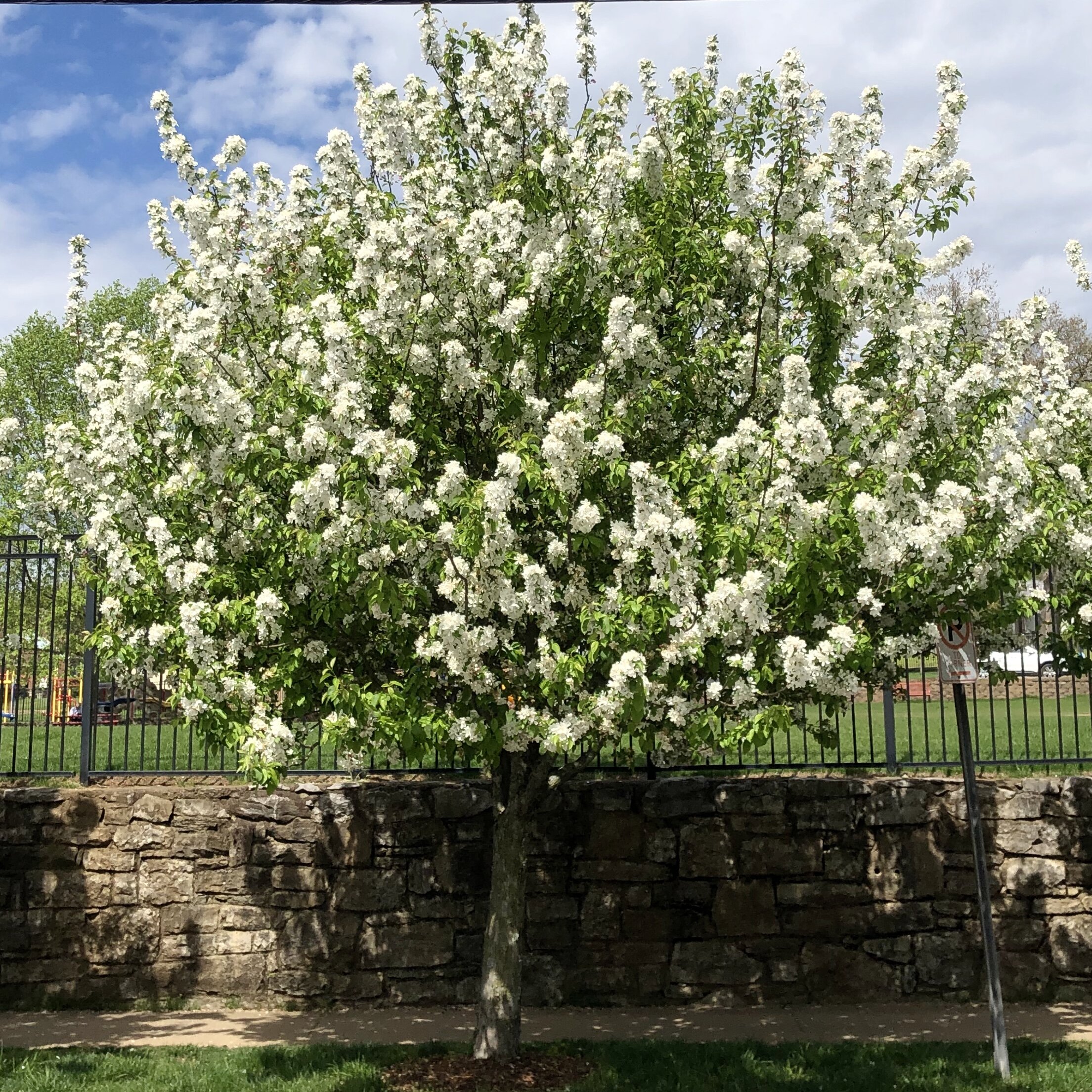The Nashville Tree Foundation started the Big Old Tree Contest over 30 years ago as a way to educate the public on the importance of large trees, but it has evolved over time into a documentation of Nashville’s most notable specimen trees. We share our love of trees and mission to preserve urban forests with many other organizations and institutions, and the nominations in the Big Old Tree Contest help reflect this connectivity. While the following nominations did not receive a “champion” status by our contest’s criteria, their stories offer a unique insight into some of the less-known aspects of urban forests, and why organizations that work to protest them are so essential.
Platanus occidentalis : nomination by Friends of Radnor Lake
Steve Ward, Park Manager at Radnor Lake State Park for 19 years, nominated a Sycamore tree located on a parcel of land located just north of the state park. The land was once intended to be developed and stripped of its natural features, so without intervention, this tree would most likely have been removed. However, thanks to Friends of Radnor Lake (FORL), it was purchased in May of 2018 and will be added to the Radnor Lake State Natural Area. Those native to Nashville may be familiar with this organization, but for those who are unaware, FORL is a nonprofit dedicated to land acquisition and preservation of natural areas. FORL has conducted extensive work and research in watershed and wildlife habitat protection, water quality monitoring, and trail/park maintenance. Additionally, Friends of Radnor Lake goes beyond just preserving the lands that are already under state protection. One of their major roles is using grant money and fundraising to acquire lands surrounding Radnor Lake in order to preserve them for the enjoyment of generations to come. They work as a facilitator between private property owners and the state in order to procure private lands and convert them into public-accesible or protected land. At this moment, this piece of land that was once intended to be developed for alternate uses is now being protected by the state under the Natural Areas Preservation Act of 1971. According to Stave, this law is the “bible” by which land protection and preservation agencies abide, and it has been a crucial tool in creating immunity for lands with unique ecological or recreational value. There are several factors that contribute to a land’s value, one of which being the presence of uncommon or even endangered plant or animal populations. Trees of significant size or age most certainly fall into this category. Besides this Sycamore’s massive size of 125 feet tall with a 173” circumference, it also happens to reside at the head of the Radnor Lake Waterhsed. The creek that once ran through this parcel of land had been filled in at the time of the purchase, assumably by the original landowners. After tearing down the old house in October of 2019, Radnor Lake staff and volunteers are preparing for restoration efforts to revert this land back to its original state. This process will include removal of fill and piping and exotic plants, and reverting the stream to its original flow. Steve hopes that this beautiful Sycamore tree will be able to eventually serve as a highlight along a trail for the public to enjoy. He underscores the importance of big old trees like this one, as they offer more than simply being an exemplary plant specimen; they can tell a story. While populations of unique or endangered vegetation must be kept safe from any disturbance making public interaction quite limited, trees like this Sycamore can provide a glimpse into Nashville’s history for park visitors and serve as a symbol of the importance of the efforts of organizations like FORL. There is still a lot of work that needs to be done to revert this land to its natural state, but we hope to someday see this beautiful tree incorporated into the park’s extensive trail system.
Quercus prinus : nomination by Radnor to River
Another nomination that stood out to us this year was one that is notable not for its size- but its age. The characteristic that most people think of when considering a tree’s value, and the characteristic that we use to judge these trees, is their circumference and height. However, while we have identified some amazingly large trees in Davidson County since the contest’s beginning in 1987, it is essential to point out that a tree’s size is not necessarily an indication of its value. Dr. Noah Charney expressed this in his nomination of a particular Chestnut Oak in West Meade that he estimates to be 200-300 years old, and the oldest tree he knows of in Nashville. While urban trees are often able to grow to exceptional sizes fairly quickly because of a lack of competition, older trees in forests are typically smaller because they spend their lives in constant competition with their surroundings. The photo above is of an incomplete core that Dr. Charney extracted from this tree, showing that despite its smaller size in comparison to other Chestnut Oaks, it is still of an incredible age. While this alone is impressive, what is more intriguing is that Dr. Charney believes this tree to be a part of one of the only intact old-growth forests in the Nashville area. The term “old-growth” describes forests of significant maturity, though it can often be used ambiguously. Some may say that an old-growth forest is one that has never been disturbed or cut in any way. While forests matching this definition certainly exist in the United States, they are mostly under state or federal protection. Old-growth in the case of the forest in West Meade refers not only to the age of the trees, but to a certain composition of trees and vegetation that only occurs in forests in late stages of maturity. This variance in composition of vegetation throughout time and without disturbance is called succession. For example, if you observe an empty field, what kinds of plants will you find, and in what ratios? What about after 20 years, or 50 years? After many, many more years without disruption, the structure of the field will have changed slowly and drastically to become an old-growth forest with a distinct formation of understory vegetation and canopy trees. Chestnut Oaks are classic old-growth canopy trees in Middle Tennessee, as well as Hickory and Walnut trees. Old growth forests provide both historical significance- as a glimpse into what much of our land would resemble without human interference- and exceptional ecological importance as well. Not only do older forests sequester more carbon and are more effective in pollution filtration and preventing erosion, their structural complexity offers diverse habitat for wildlife; something that solitary urban trees often lack. We are ecstatic to highlight such a fascinating part of Nashville’s ecological history and recognize this unique nomination. This Chestnut Oak represents an exemplary specimen within a whole diverse forest of notable trees. Dr. Charney wishes to emphasize the importance of mature forests, and works broadly in conservation ecology to preserve Nashville’s natural areas. He is currently the executive director of Radnor to River, a conservation organization that strives to protect natural areas in West Meade, as it acts as an “ecological corridor”, and creates connectivity of undeveloped land in Nashville. Radnor to River works with city government and other nonprofit organizations to create official protections for lands with high conservational value, reshape approaches to urban land preservation, identify and map areas with unique plant and animal populations, and raise public awareness about the importance of conservation.
Protecting our urban forests
An essential part of our mission is to preserve urban trees because of the immense benefits they provide to our community. When you think of Nashville’s “urban forest”, you might just think of street trees, green spaces, and the trees in your front or back yard. However, forest ecosystems surrounding large cities like Nashville are also an essential natural resource that must be conserved. If you love big old trees as much as we do, supporting organizations like Friends of Radnor Lake, and Radnor to River is a great way to be involved with protecting our forests and natural areas. You can learn more about their work and missions and find opportunities to get involved at radnor2river.org and radnorlake.org.









